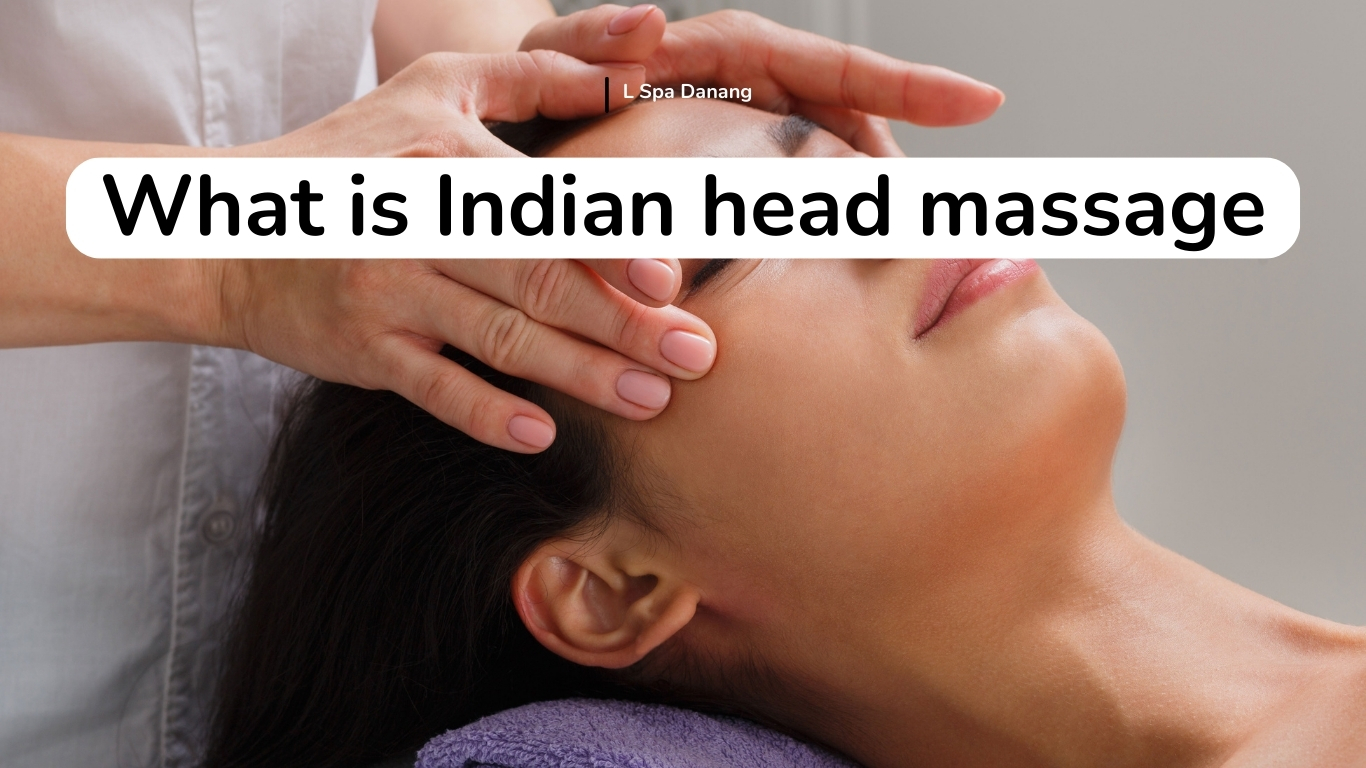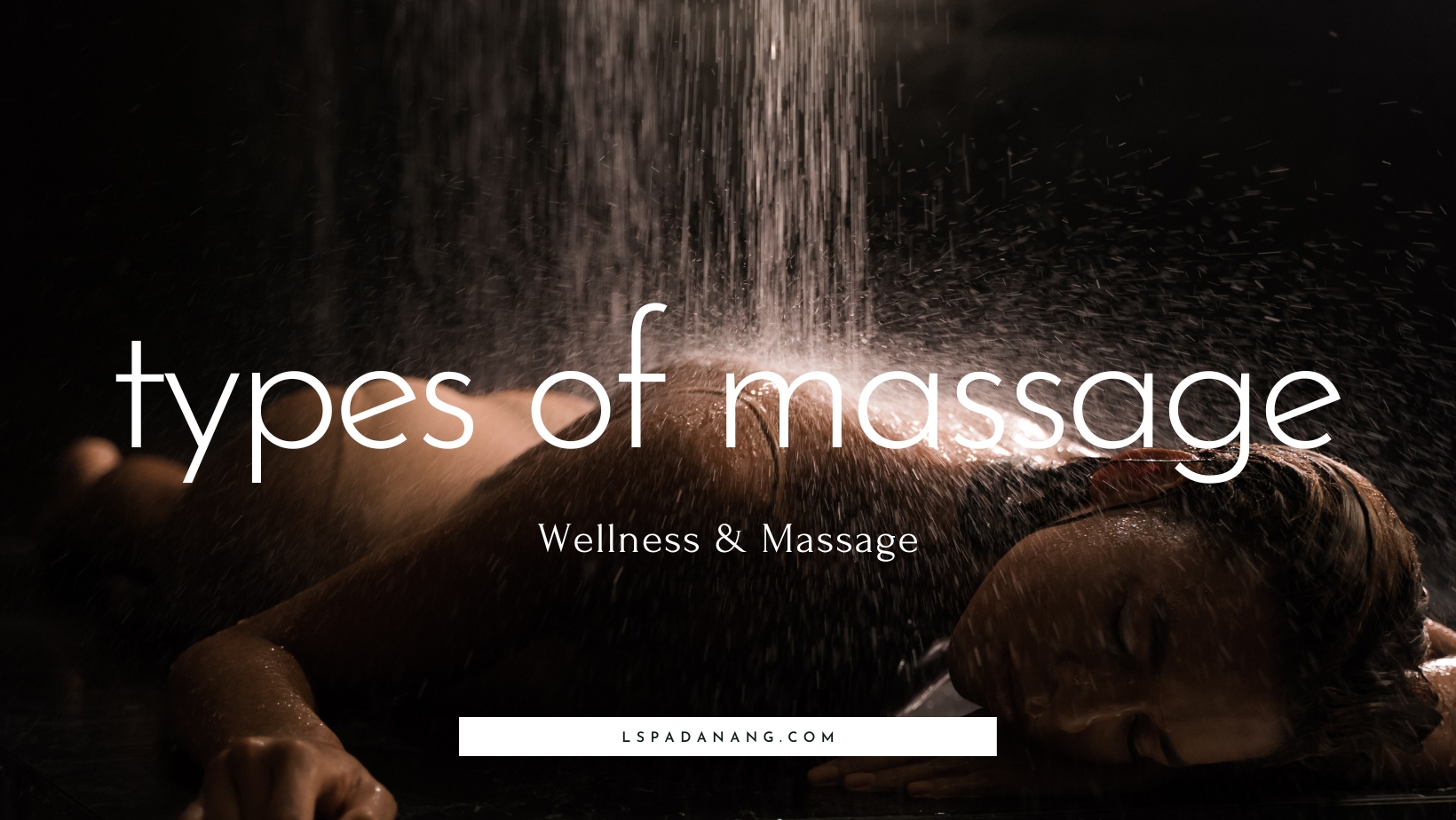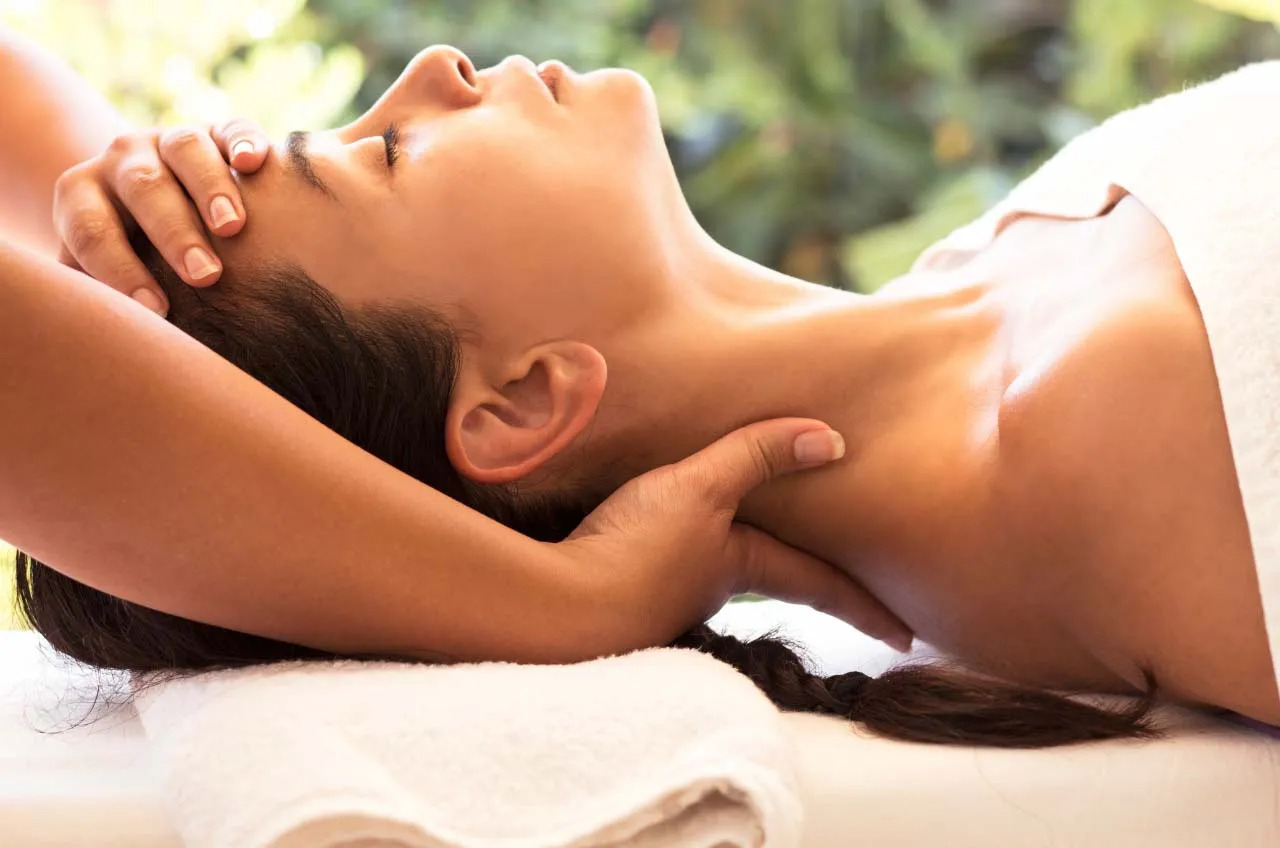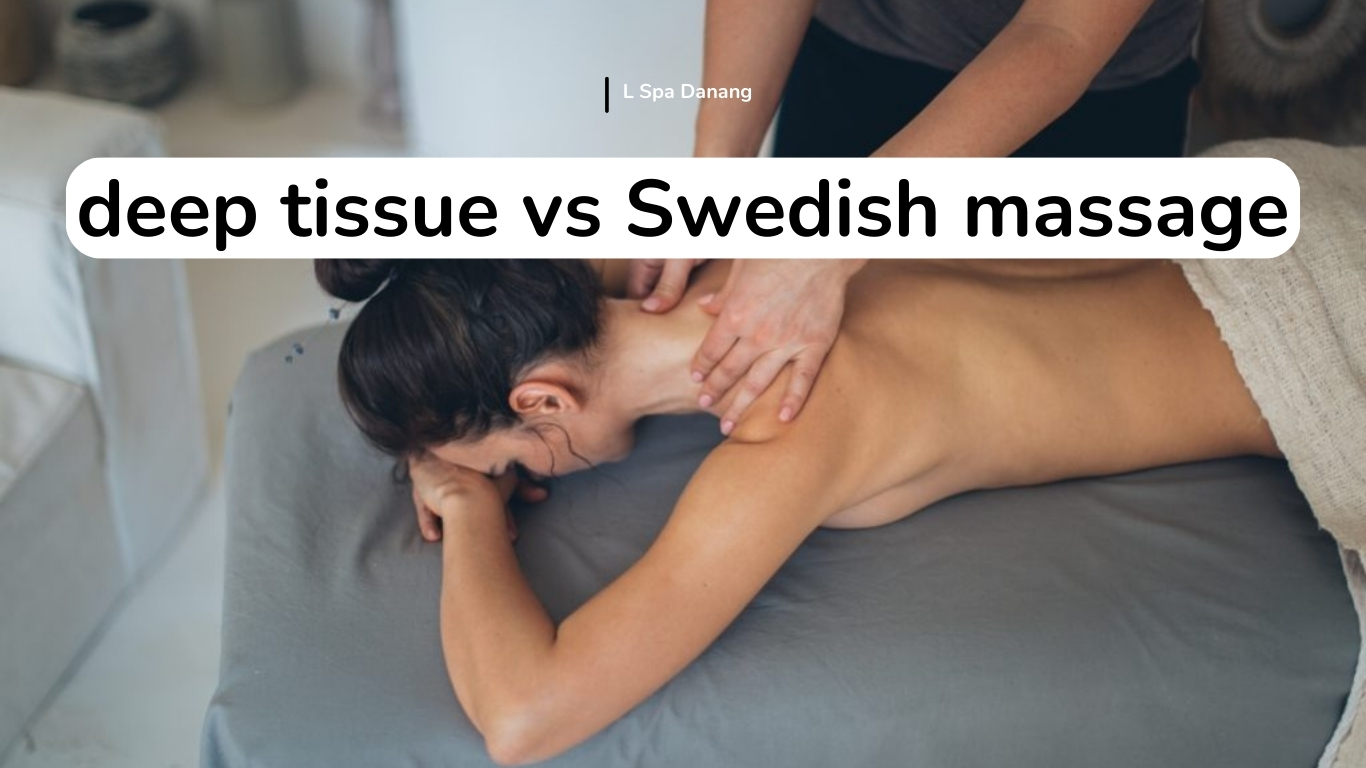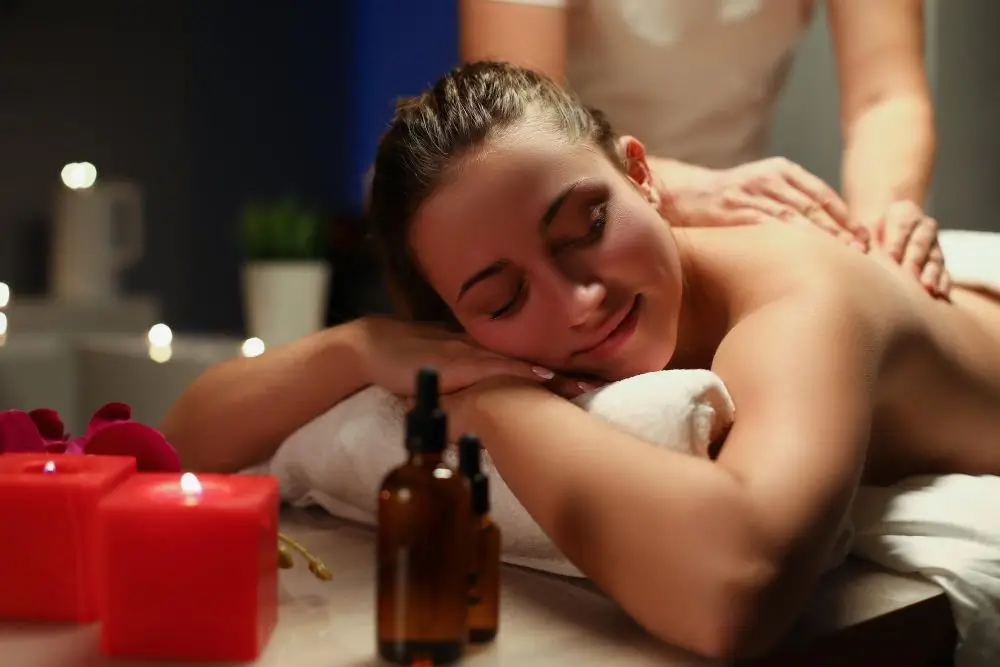A holistic practice that not only relaxes your mind but also rejuvenates your body. In this ultimate guide, we will delve deep into the art of head massage, covering everything from techniques and benefits to answering your most pressing questions. So, sit back, relax, and let’s embark on a journey to discover the wonders of head massage.
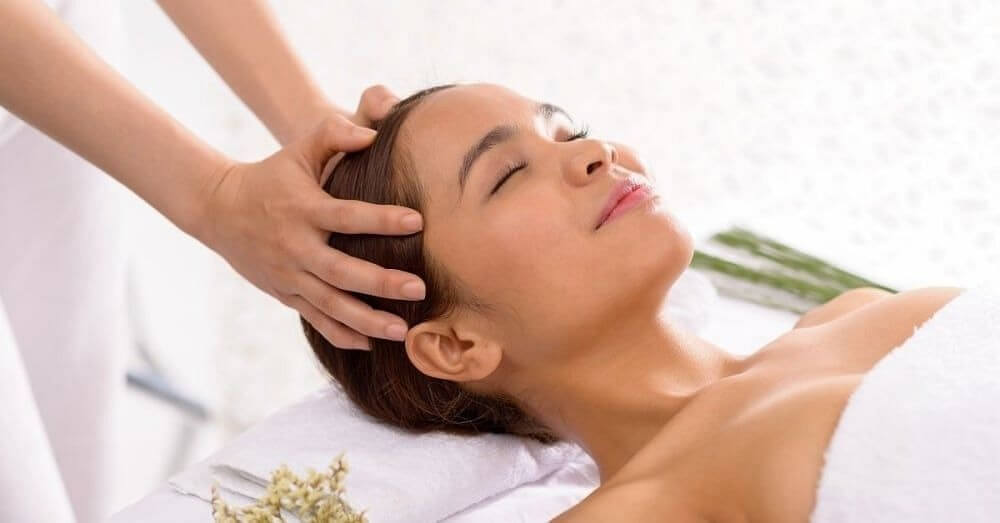
Head Massage: A Closer Look
What Is a Head Massage?
A head massage, also known as Indian head massage or Champissage, is a therapeutic practice that involves massaging the scalp, neck, and shoulders. It has been a part of Indian culture for centuries and is renowned for its relaxation and healing properties.
The magic lies in the hands of a skilled masseuse who uses gentle yet firm movements to relieve tension, improve blood circulation, and promote overall well-being.
The Art of Head Massage
Mastering the art of head massage requires precision and knowledge. It involves a series of techniques, including effleurage (gentle stroking), petrissage (kneading), and tapotement (rhythmic tapping). The use of aromatic oils adds an extra dimension to the experience, enhancing relaxation and providing a delightful aroma.
Benefits of Head Massage

Head massage offers a multitude of benefits beyond relaxation:
- Stress Reduction: The gentle kneading and rhythmic tapping of a head massage can work wonders in reducing stress and anxiety. It helps release endorphins, promoting a sense of calm and well-being.
- Improved Sleep: Many individuals struggle with insomnia or poor sleep quality. Head massage can aid in improving sleep patterns by relaxing the body and mind, making it easier to drift into a peaceful slumber.
- Reduces tension headache symptoms: A tension headache typically results in discomfort in the head, neck, and the area behind the eyes. These headaches are often initiated by muscle contractions. According to the AMTA, a scalp massage could potentially alleviate the severity, duration, and occurrence of tension headaches. This positive effect may be attributed to the relaxing impact that a head massage has on the muscles in the neck).
- Hair Health: A head massage is not only soothing but also promotes healthy hair. It stimulates hair follicles, leading to better hair growth and texture after 24 weeks of daily massages.
- Enhanced Concentration: By reducing stress and promoting relaxation, head massage can enhance your ability to concentrate and focus on tasks, ultimately improving productivity.
How to Perform a Head Massage

The beauty of a head massage is that it’s something you can do yourself with just your fingertips, although you can use massage oil if you prefer. Alternatively, you can opt for a scalp massaging tool, such as a brush or handheld rubber massager, instead of using your fingertips. Here are the steps to give yourself a head massage:
- Sit down in a comfortable chair. If you’re using oil, ensure you place a towel around your neck and on the chair to catch any drips.
- Begin by applying light to medium pressure to your head using your fingertips or a massage tool. If you’re using oil, dip your fingertips into the oil before starting the massage.
- Move your fingertips or massaging tool around your scalp in small circular motions.
- Continue the massage for at least 5 minutes, making sure to cover your entire head.
- If you use oil, you can wash it out with shampoo after the massage.
Scalp massages can also be a wonderful way to connect with your partner. Here are some tips for giving each other an at-home scalp massage:
- Have your partner lie down or sit in a comfortable chair. If you’re using essential oils, begin with a small amount and dip your fingertips in the oil.
- Focus on delivering slow, gentle strokes to your partner’s head, gradually transitioning into light circular motions that cover their entire scalp.
- Use your thumbs to gently massage their neck as well.
What Are The Best Oils to Use For Head Massage?

While it is possible to perform a head massage without oil, you might find the aromatic experience and additional benefits of using essential oils quite enjoyable. Although you have the flexibility to choose any oil that suits your preference, certain essential oils are particularly well-suited for enhancing the relaxation of this massage.
However, it’s important to exercise caution when using essential oils on your skin. To prevent irritation, it is advisable to dilute a few drops of the essential oil with a carrier oil, such as coconut oil or jojoba oil, before applying it to your head.
FAQs
Q: How long does a typical head massage session last?
A: A standard head massage session usually lasts between 30 minutes to an hour, depending on your preference.
Q: Is head massage safe for everyone?
A: Head massage is generally safe for most people. However, if you have specific medical conditions, it’s advisable to consult with a healthcare professional before getting a massage.
Q: How often should I get a head massage?
A: The frequency of head massages depends on your personal preference and needs. Some people opt for a weekly session, while others enjoy it on a monthly basis.
Q: Are there any side effects of head massage?
A: When performed by a skilled masseuse, head massage typically has no adverse side effects. However, some people may experience mild soreness or sensitivity immediately after the massage, which usually subsides quickly.
Q: Can a head massage cure hair loss? A: While head massage can improve hair health and stimulate hair follicles, it is not a guaranteed cure for hair loss. It can be a complementary practice alongside other treatments.
Head massage is not just a physical experience; it’s a journey to relaxation, rejuvenation, and overall wellness. Its ancient roots and modern applications make it a timeless practice that can benefit everyone. So, why not treat yourself to the soothing touch of a head massage and experience the tranquility it brings to your mind and body?
This informative article is for reference and to explore the nuances, benefits, and techniques of Head Massage. To learn more about our body therapy services, please visit the L Spa Da Nang website.

